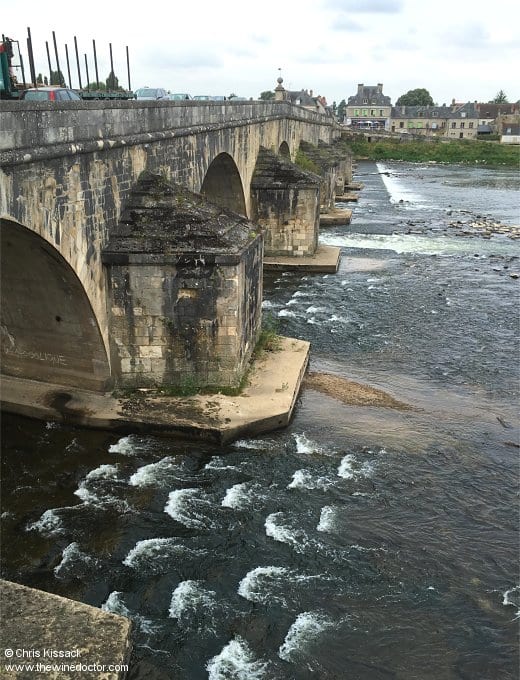Côtes de la Charité Retrospective, 2019
There are some wine regions which everybody, even the teetotal and the most hardened of gin drinkers, know of. Beaujolais, for example. Or Champagne. And, of course, the world’s greatest wine region of all, Muscadet.
And then there are those that are, to be frank, rather more obscure. The Loire Valley does not come up short in this category, its candidates ranging from the Chenin–Chardonnay blends of Fiefs-Vendéens Pissotte at one end of the river, to the fabulously fresh Gamay-on-granite wines of the Côte Roannaise at the other. These more peripheral and occasionally rather obscure vineyards are, as Jo Pithon put it when I had lunch with him earlier this year, part of the “richesse de la région”. They are to be explored and, in many cases, to be treasured. And nurtured too, in my opinion.
The Côtes de la Charité, no less obscure than any vineyard thus far mentioned, is one more such region. Like the Côte Roannaise it is an extremely peripheral collection of vineyards, seen by many in the know as a stepping stone en route to Burgundy, but while the Côte Roannaise specialises in Gamay on granite (think Beaujolais, only better), the Côtes de la Charité is a region dominated by Chardonnay and Pinot Noir, with a little Pinot Gris for good measure, all planted on benevolent slopes of fractured, faulted limestone. This is a combination of variety and landscape which immediately conjures up thoughts of the Côte d’Or.
Before coming to terroir and variety though, first a few words on the history of the Côtes de la Charité. Like many wine regions, even those long lost, it has a great vinous heritage, stretching back many centuries. It was the viticultural catastrophes of the 19th and 20th centuries which sent it spiralling into its modern-day decline.
A Brief History of the Côtes de la Charité
The first vineyards were planted here by the monks of Charité-sur-Loire. This town, which sits at a convenient crossing point on the Loire (pictured), owes its existence and its historical status to the church, as indeed do the vineyards that surround it. It was in 1059 that Benedictine monks arrived from Cluny, which at that time was the site of the largest church in the Christian world, this being prior to the construction of the basilica in Rome. They had been given the land at Charité-sur-Loire by the Bishop of Auxerre, and they clearly intended to make the most of it.

The church and monastery they built, the former consecrated in 1107, was the second largest after Cluny, and at its peak it housed two hundred monks.
Two hundred, one presumes, thirsty monks.
Please log in to continue reading: